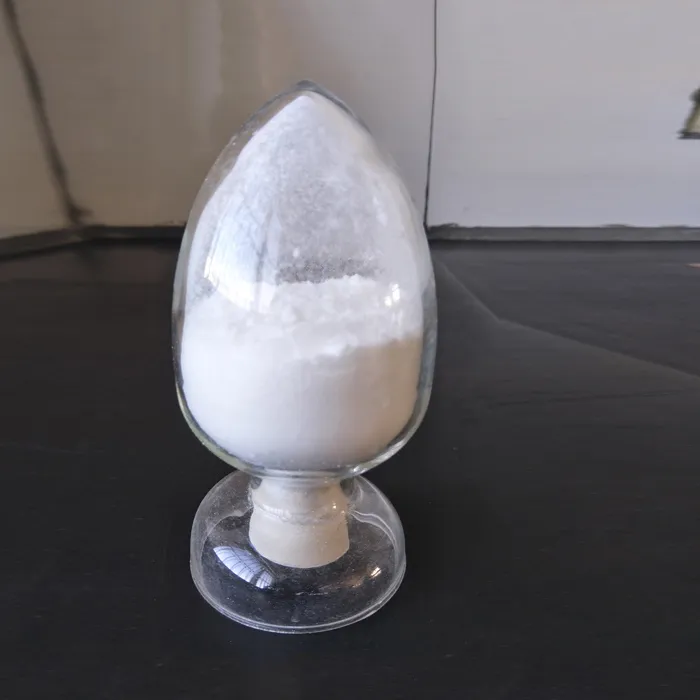Fillers and Additives in Plastics Enhancing Performance and Sustainability
The evolution of plastic materials has been significantly influenced by fillers and additives, which play pivotal roles in enhancing the properties and performance of plastics. As the demand for versatile and efficient plastic products rises, the incorporation of various fillers and additives has become essential in the manufacturing process. This article delves into the functions of these substances and their impact on the plastics industry.
Understanding Fillers and Additives
Fillers are materials added to plastics to improve their bulk, reduce production costs, and enhance specific properties. They can be organic or inorganic and may include substances like calcium carbonate, talc, clay, and glass fibers. Additives, on the other hand, are substances used to impart desired characteristics to plastic materials, such as color, flexibility, and resistance to external factors. Common additives include plasticizers, stabilizers, antioxidants, andUV absorbers.
Types of Fillers
1. Mineral Fillers These are among the most widely used fillers in the plastic industry. They include calcium carbonate, talc, and kaolin. Mineral fillers can improve mechanical strength, reduce production costs, and enhance thermal stability.
2. Glass Fibers Incorporating glass fibers into plastics can significantly enhance tensile strength and stiffness, making the resulting material suitable for demanding applications such as automotive and aerospace components.
3. Reinforced Fillers These fillers, such as carbon black and metal powders, are used to improve electrical conductivity or add weight to the plastic, catering to specific industrial requirements.
Functions of Additives
1. Stabilizers To prolong the life of plastic products exposed to heat and light, stabilizers are added. For instance, UV stabilizers protect plastic from degradation caused by ultraviolet radiation, ensuring longevity in outdoor applications.
fillers and additives in plastic

2. Plasticizers These additives enhance flexibility and workability in plastics. They are crucial in making materials like polyvinyl chloride (PVC) more flexible and versatile for various applications.
3. Antioxidants These are added to prevent oxidative degradation, which can lead to discoloration and mechanical property loss over time. Antioxidants are vital for plastics used in high-temperature environments.
4. Colorants Masterbatches containing pigments are used to impart color to plastic materials. This aesthetic enhancement is essential not only for consumer appeal but also for brand identity.
Economic and Environmental Considerations
The use of fillers and additives is also driven by economic factors. By incorporating these materials, manufacturers can reduce costs and enhance performance without sacrificing quality. However, there is an increasing emphasis on sustainable practices in the industry. Many companies are now seeking bio-based fillers and additives that can replace traditional petroleum-based alternatives, thereby reducing the carbon footprint of plastic production.
Furthermore, recycled materials are becoming an essential aspect of modern plastic manufacturing. Fillers derived from post-consumer waste not only support sustainability but also help in achieving regulatory compliance regarding waste reduction and recycling.
Future Trends
The future of fillers and additives in the plastics industry is likely to be shaped by the ongoing development of new materials and technologies. Innovations in nanotechnology have led to the emergence of nanofillers, which can enhance barrier properties and mechanical performance at lower loading levels. Biodegradable fillers and additives are also gaining traction, offering eco-efficient alternatives to conventional materials.
In conclusion, fillers and additives are crucial components in the production of plastics, significantly influencing their performance, cost, and sustainability. As manufacturers continue to innovate and adapt to changing market demands, the role of these materials will only grow, paving the way for more efficient and environmentally responsible plastic solutions in the future.

